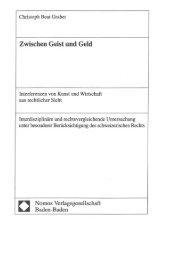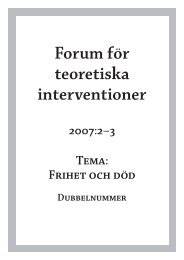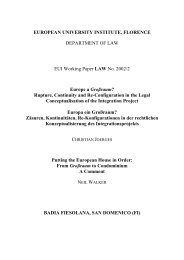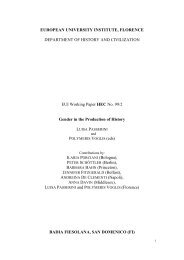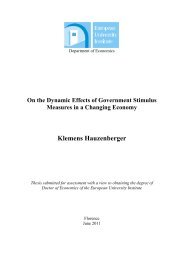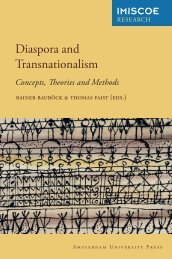Sinziana-Elena Poiana Ioana Lupea Irina-Madalina Doroftei Alina ...
Sinziana-Elena Poiana Ioana Lupea Irina-Madalina Doroftei Alina ...
Sinziana-Elena Poiana Ioana Lupea Irina-Madalina Doroftei Alina ...
You also want an ePaper? Increase the reach of your titles
YUMPU automatically turns print PDFs into web optimized ePapers that Google loves.
conflict was between those who saw the Hungarians’ participation in government as an end in itself,<br />
while others, notably the Hungarians, saw it as a means towards their program of full self-government.<br />
The 2002 census recorded approximately 1.5 million Hungarians and around 550.000 Roma (although<br />
other estimations suggest 1 000 000 may be closer to truth), relatively close to the numbers in the 1991<br />
census. The self-identification of the Hungarian minority as a group is reflected in the form that their<br />
political representation took. DAHR is indeed a political alliance, as its name shows. It was never<br />
recorded as a political party according to the Romanian parties’ legislation. In fact it included parties,<br />
NGO's, and cultural associations as well. Although ideological trends within DAHR vary from<br />
Christian Democrats to Liberals, DAHR acts and is perceived more as an ethnic party. Its constituency<br />
is either 'centre', or cannot say what it is (41%, UBB poll). The DAHR itself did not express a single<br />
common position on whether the Hungarian minority should be treated as an ethnic or a national one.<br />
This leads us to the following event. On the occasion of the Hungarian Revolution Day on March 15<br />
2010, Mr.Barna performed a public show in the streets, which portrayed Avram Iancu on trial and<br />
later sentenced to death for crimes against the Hungarians during the 1848 Revolution. Csibi Barna’s<br />
protest, an ethnic Hungarian, Romanian civil servant and keen promoter of a Hungarian ethnic<br />
autonomous region Szekler Land who hanged a doll representing a Romanian national hero, was a test<br />
of tolerance for the society and a challenge for the Romanian political elite and the relevant public<br />
institutions. This event, with its many implications and developments, is a tolerance boundary conflict<br />
case between the majority and the minority. While the Hungarian minority, unaccustomed to its<br />
minority status, intends to move the tolerance border by requesting a new public status through the<br />
recognition of collective rights, for the majority of ethnic Romanians, the limit is much lower. The<br />
majority is intolerant when it comes to the institutionalization of any ethnic differences, which would<br />
require the public presence of ethnic diversity (Robotin, 2002). Through the Romanian media, political<br />
representatives and state institutions, the majority asks the minority to display a civic loyalty beyond<br />
the formal-legal obligations, and expresses its intolerance towards what it considers to be the lack of<br />
loyalty toward the Romanian state, through its national symbols.<br />
Csibi Barna’s protest was a test of tolerance for the society and a challenge for the Romanian political<br />
elite. The Romanian politicians were in the position to choose how to approach the case of Mr. Barna:<br />
either as an isolated example that needed to be dealt with by the relevant criminal institutions, to<br />
decide whether the action represented an instance of instigation to discrimination, or not, or, as it<br />
happened, as an event of epic importance, to be voiced loudly in the political and public discourse. As<br />
it happened, important parties’ leaders and state office holders such as the prime minister stated their<br />
indignation and claimed immediate and firm measures against the office holder. Opposition<br />
Parliament members filed a petition whereby they requested from the manager of the Tax Authority<br />
where Csibi Barna was employed, to promptly dismiss him.<br />
Mr. Barna’s action exposes the conflict between historical narratives of Romanians and Hungarians.<br />
Over the last 20 years, Romania was the scene of many scandals which had to do with statues as<br />
national symbols of an exclusionary nature, which raise specific challenges to both Romanians and<br />
Hungarians, challenges defined by historian Lucian Boia as a “mythological blockage”. The presence<br />
in opposing camps of Romanians and Hungarians in the 1848 revolution is still resented today, and<br />
widespread social representations exist of each group as the victim of the other<br />
The case of Csibi Barna proves the paradoxical situation of Romania, where a strong legislative and<br />
institutional framework against discrimination does exist, but without any substantial effect because of<br />
the intolerance towards the other community’s views and interpretation of historical events, which in<br />
turn are used to justify the current political designs. The two groups have separate and opposite views<br />
of entitlement, grounded in different interpretations of history. Despite the strong centralization of the<br />
Romanian school curricula, the two groups are socialized into two antagonistic versions of history.<br />
79



